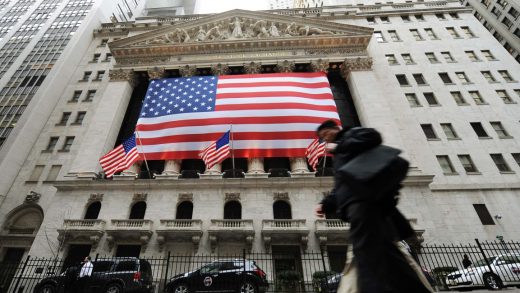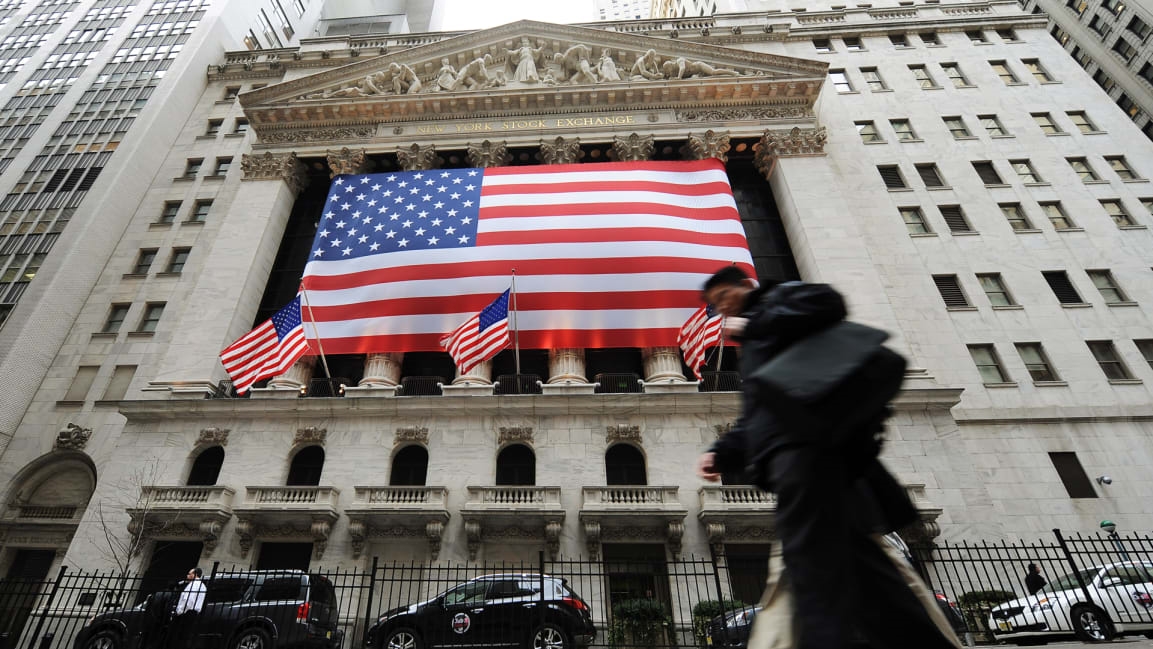Venture capital isn’t working for the 99%
Ten years ago this month, we witnessed what may very well go down as one of the most significant events in modern American history: In downtown New York’s Zuccotti Park, police officers stormed a small, makeshift compound, evicting a small throng of occupants and putting an end to what became known as the Occupy Wall Street movement.
Or did they? Though Occupy’s physical presence, which I crossed through daily on my walk to work, was short-lived, it continues to loom large in the popular and political imagination, inspiring voters and candidates alike for the past decade. And its key slogan—”We are the 99%”—has become a rallying cry adopted by a surprisingly diverse coalition that includes everyone from conservative working class whites to African-Americans struggling with a dearth of economic opportunities. Left, right, and center, Americans are saying that they’re displeased with a system that continues to enrich a tiny sliver of the population while ignoring the vast majority.
It’s time we venture capitalists listened.
I say this not as an aspiring revolutionary but precisely because I’m a cheerful capitalist, a managing partner in a venture capital firm. I say this because I’d like my industry to thrive and, as it does, improve the lives of an ever-growing swath of Americans. And I say this because even though venture funding hit an all-time high in the first half of 2021, reaching an astounding $288 billion, there’s still a lot we can do to make sure more money gets into the hands of founders who aren’t just clustered in two or three coastal tech bubbles and who represent real diversity in every sense of the word.
CrunchBase data shows, for example, that Black and Latinx founders received just 2.6% of funding last year. And while female founders have started to see an uptick in funding this year, they still fared worse during the pandemic than their male counterparts. Beyond race and gender, geography stifles the accessibility of capital as well: California, New York, and Massachusetts-based firms took in 73% of all VC funding last year, despite these states, combined, making up less than 20% of the US population.
While there’s been some progress on all of these fronts as of late, and I believe that the industry is well-intentioned, it still feels entirely possible to make VC more equitable and more successful all at once.
How? First, let’s look at who’s in the room. Meander into any VC meeting, and you’re likely to meet mainly men who are largely white (like me) and who, more often than not, reside in the same three states and attended the same six or seven elite colleges. This means that the number of people who have access to big money is already limited to a very small subset of the population, which is a problem not only if you care about equality but, just as importantly, if you care about making money—you hardly have to be an Ivy League MBA to realize that focusing on a tiny subset of companies based on their founders’ education and location isn’t exactly the best recipe to rewarding bold, trailblazing, and lucrative ideas.
My fellow VCs aren’t clueless; they know this well. So why do so many continue to limit their picks? Let’s look at the numbers. Say you’ve got a $100 million fund. That’s a big number, and one that would certainly make you feel proud at cocktail parties. But of that number, only two percent is allocated to fees, which means that every penny spent on keeping your company up and running—partner pay, employee salaries, offices, travel expenses, the works—comes from that two million dollar pot. That essentially means that even with big bucks behind you, you’re essentially running a small business without too many resources at your disposal. So the game becomes about how efficient you can be with your time: You learn quickly that you can’t take every meeting, and, even more bitterly, that you can’t do much to help the portfolio company post-investment, which means that even if you stumble on the best idea ever but know it’s going to take a bit of work to get the entrepreneur behind it to where she needs to go, you’re likely not going to be able to help her get there because you simply don’t have the time.
The answer, then, is simple: We need a different model.
What might it look like? Four key components come to mind:
This is what VC for the 99% looks like, and it can only happen if we all work together: Nonprofits and fund managers, local governments and investors, all coming together to give more Americans the chance to achieve their potential, making our nation richer not just in wealth but in opportunity for all.
***
Michael Basch is a managing partner at Atento Capital in Tulsa, OK.
(32)



